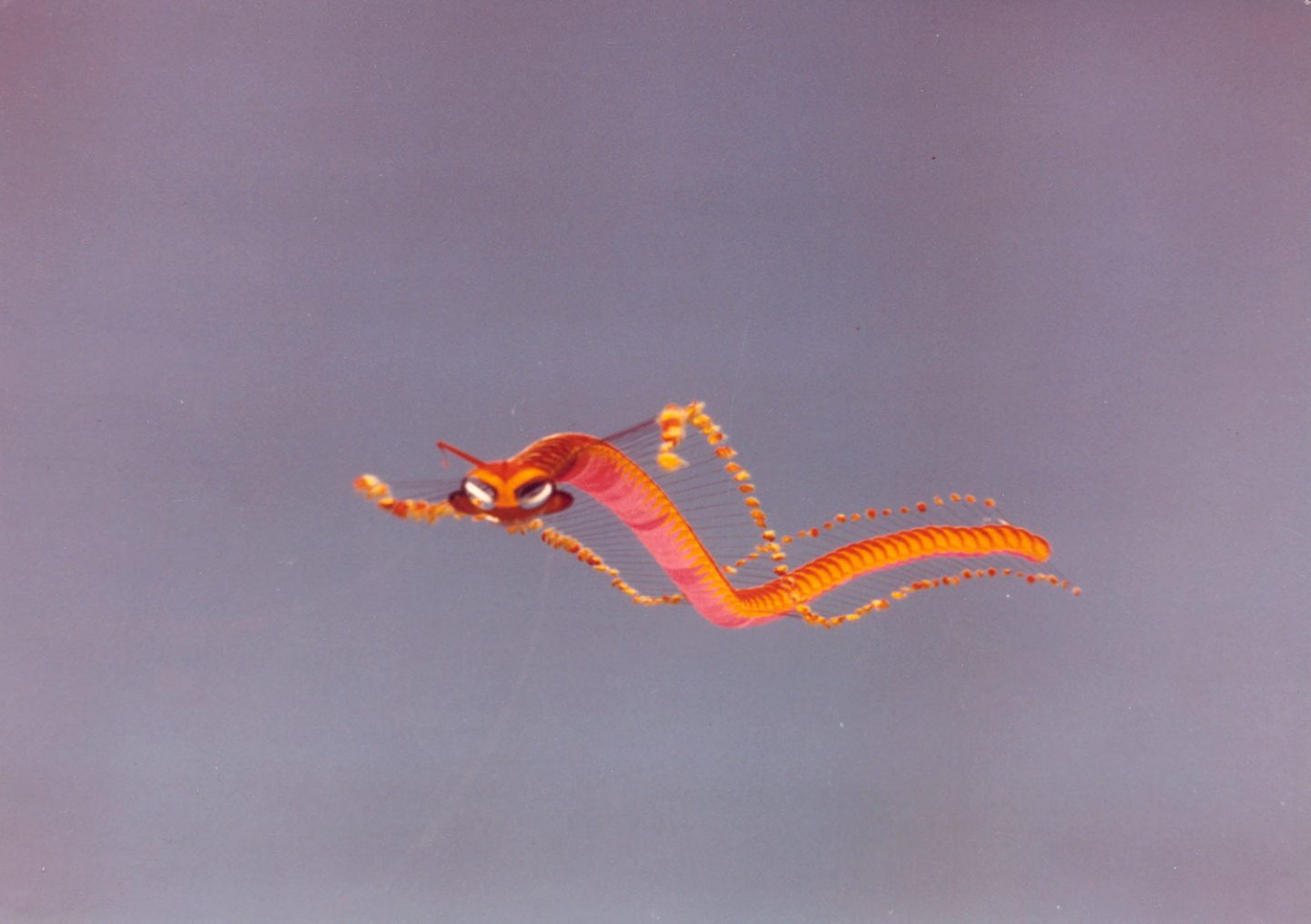

Tyrus Wong, ‘Bambi’ Production Designer, Dies at 106
Tyrus Wong, the Chinese-American artist who was the production designer of Disney’s classic feature Bambi (1942), passed away today at the age of 106.
Wong had a brief career in animation, working at Disney only between 1938 and 1941, but made an outsized contribution to animation history with his innovative production design of Bambi. He was working as an entry-level inbetweener at Disney when he showed art director Tom Codrick his atmospheric pastel ideas for Bambi. that provided a solution to Bambi’s backgrounds by suggesting the atmosphere of a forest without describing every leaf and branch.
Codrick showed them to Walt Disney, who was equally excited by the approach. “Looks like we put you in the wrong department,” Codrick told the young artist. Wong was offered the opportunity to “key the whole picture from beginning to end, to make a painting that sets the mood.”
Wong received credit on the film only as a background painter, but wasn’t recognized for his role as the production designer of the film until many years later. Despite the low pay he received, Wong stayed inside the studio with all the veteran artists during the 1941 strike—”I was being a good boy”—but that didn’t matter. He was let go from the studio a year before Bambi was released. “I don’t feel bitter toward Disney at all, except for a few guys who I know to this day kinda resent me,” he told historian John Canemaker.

Reflecting on his work on Bambi, Wong said, “The script would say, ‘Early morning: the deer goes out onto the meadow.’ I would try to create the atmosphere of that meadow, the fog on it and so forth . . . mood sketches. My painting has always been very poetic—that’s the Chinese influence. In Chinese art, the poet is a painter and the painter is a poet. The object isn’t to reproduce photographic reality, as it is in Western painting, but to capture a feeling.”
Wong himself considered animation to be “a minor, very small part” of his artistic life, which also included twenty-six years as a live-action production designer at Warner Bros. where he worked on classic films like Rebel Without a Cause, Around the World in Eighty Days, and The Wild Bunch. He also enjoyed a long career as a greeting card designer, and in his spare time, created murals, ceramics, lithographs, and kites.

Born in Guangzhou, China, Wong came to the United States at the age of 9, where he lived with his father, a laborer. A surprisingly in-depth New York Times obituary offers some fascinating details on Wong’s early years.
Wong’s father encouraged him to practice calligraphy every night, but they were so poor that they couldn’t afford ink. “We can’t afford ink or rice paper,” Wong once said. “But he made me do it with water. That’s a good training.”
In the final decades of his life, Wong received significant attention, starting with a chapter in John Canemaker’s book Before the Animation Begins (1996). More recently, in 2014, Wong had a major retrospective “Water to Paper, Paint to Sky: The Art of Tyrus Wong” at the Walt Disney Family Museum in San Francisco.
A feature-length documetnary about Wong’s life, Tyrus, was recently completed by Pamela Tom. Here is the trailer:
Wong is survived by his daughters Kim, Kay, and Tai-Ling.
Tributes have been pouring in from around the industry, including from Frozen’s head of story Paul Briggs, Zootopia director Rich Moore, Inside Out co-director Ronnie del Carmen, and visual development artist Claire Keane, among others:
Can't express how much of an influence #TyrusWong has been to me lately and @DisneyAnimation . Will deeply will miss him. Rest In Peace. pic.twitter.com/eOVasn2dGC
— Paul Briggs (@_paul_briggs_) December 31, 2016
Another legend leaves us. #riptyruswong https://t.co/EH9UtmG4aa
— Rich Moore (@_rich_moore) December 31, 2016
Met him back in 2013 at the Disney Family Museum show of his life's work. It was an honor I almost couldn't bear. Asian American artist hero pic.twitter.com/o9PlnqA6eD
— Ronnie del Carmen (@ronniedelcarmen) December 31, 2016
The alluring atmosphere and sentiment in Tyrus Wong's pastels for Bambi have been a great source of inspiration for me #RIP #tyruswong pic.twitter.com/iZBd5MGSzx
— Claire Keane (@claireonacloud) December 31, 2016
Here are a few of Wong’s iconic pastel concepts for Bambi:







Beginning in the 1960s, Wong started creating kites that he would fly on weekends at Los Angeles area beaches. Here are a few examples:




